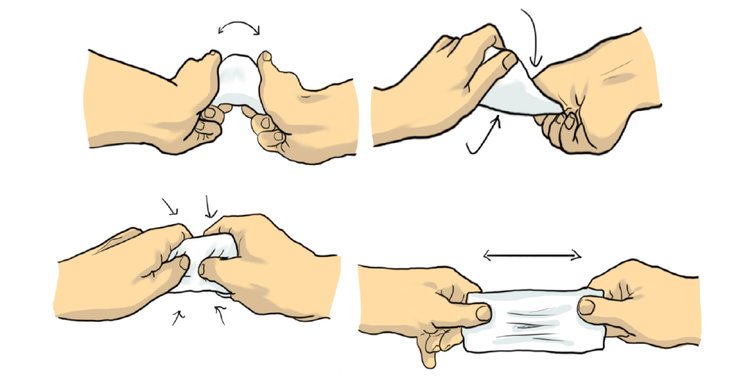Technical Details
The present version of MUDE features a soft silicone casing that has roughly the form factor of an iPhone 6 (i.e., 1cm x 8cm x 12cm). The silicone casing is embedded with three electro-active polymers (EAP) sensors placed at different heights inside its surface. The sensors are currently capable of sensing three distinct types of deformation when input is given, namely bend, press, and stretch.
the sensing of these three different deformations is calculated based on the combined capacitance signal (pf) of the three eap layers embedded in the silicone casing. the two outer layers are used as reference points, where the high and low stretch signals are produced, to calculate whether MUDE is being bent upwards or downwards (see picture below). through the use of support vector machines (SVM), the interface can be programmed to sense even more deformations, including the various levels of pressure, twisting motions, as well as multitouch input.





